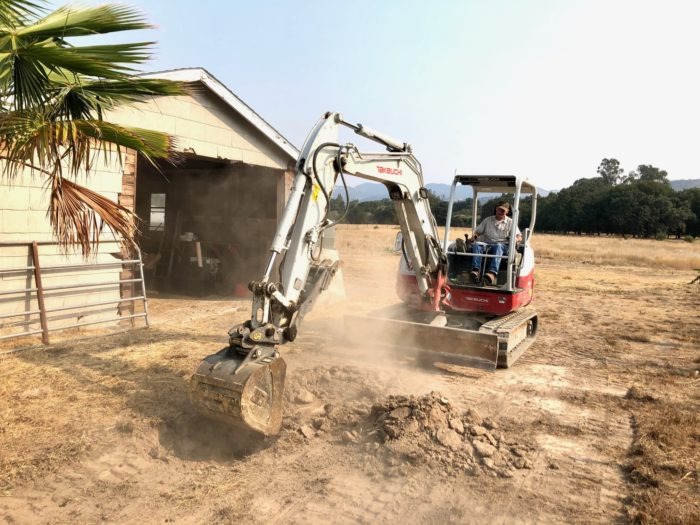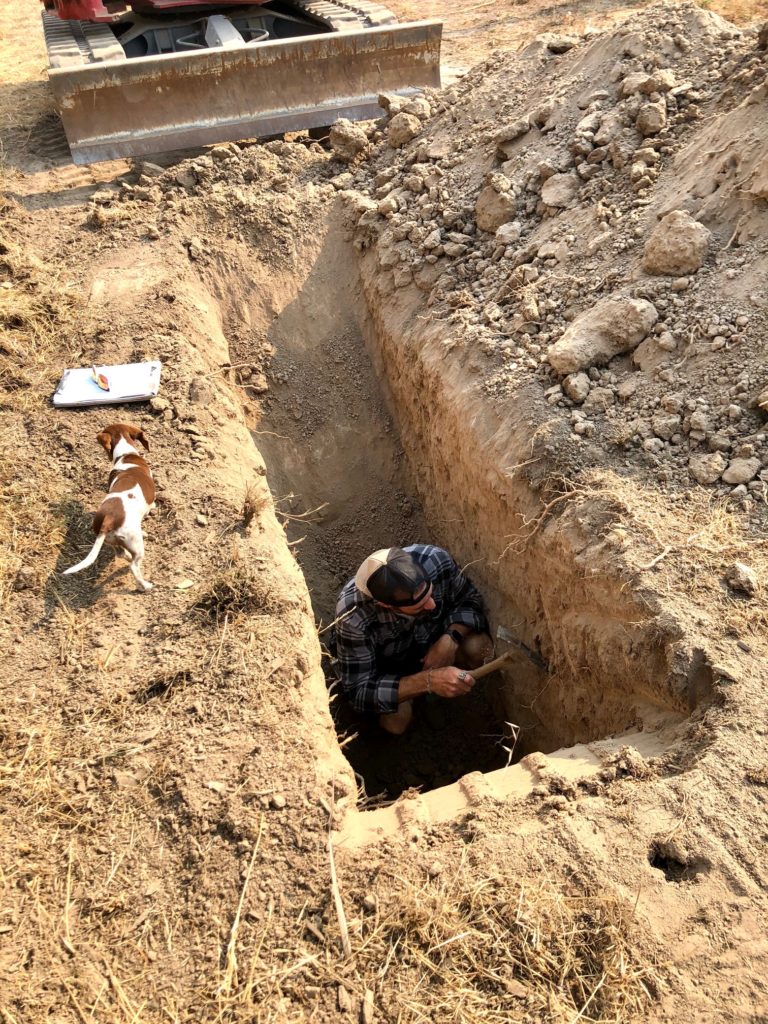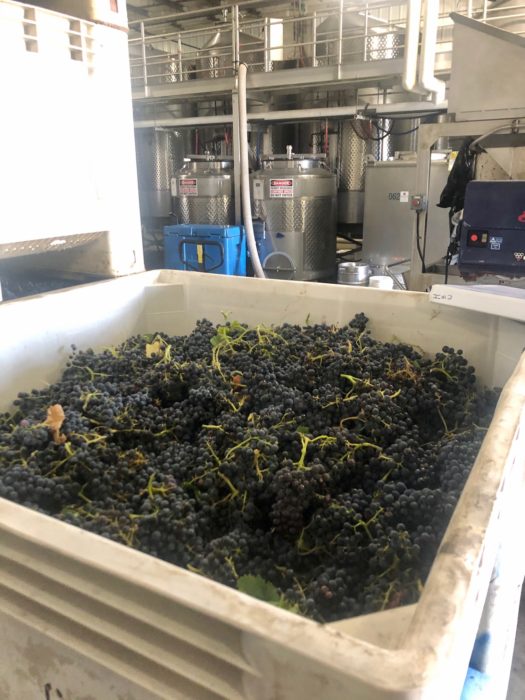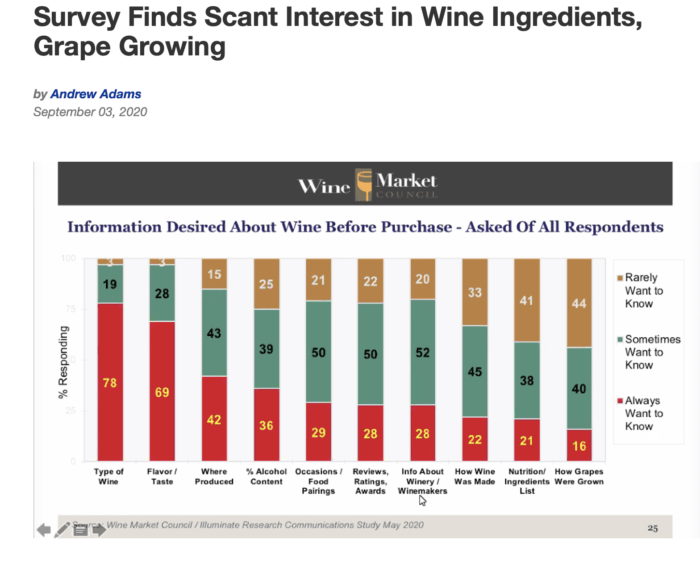
The smoky grape harvest of Sonoma 2020
A smoky harvest like no other…
Pandemic, wildfires, smoke, and riots. And who can forget the electromagnetic solar pulse that destroyed the electrical grid! While all this mayhem has been going on, the Sonoma wine industry has been grappling with a grape harvest like no other.
While firefighters fought blazes across the west, growers attempted to protect their employees from the virus with masks, thermometers, and testing while also protecting the valuable grape crop from endless exposure to smoke. The compounds from smoke can settle on the grapes and be metabolized into the fruit through the grape skins. In some wines, the effect will be little to none and the smoke is no cause for worry. In other cases, experts and trained consumers will detect the smoke taint in the wine after 6 months or so. Behind the scenes, most winemakers are saying that the frequency of smoke taint is overblown. We’re just not seeing detectable levels as wines complete fermentation. But no one wants to be caught pressing a narrative that could appear to be self-serving. Click here to read a detailed story on smoke taint from noted SF Chronicle wine writer Esther Mobley and this article by noted chemist Clark Smith.
Here are some photos of Hydeout Sonoma’s first few days of the smoky harvest:
Bringing in the fruit:
We managed to bring in great fruit despite the many challenges, and thankfully most of it looks to be free of smoke taint. But we won’t really know for sure until a few months from now when a) the lab test results are back and b) the wine is safely in barrels.
Processing the fruit:
This time-lapse video link below says it all: Click here for the time lapse video of the winery crush pad. Note that each white bin that arrives and departs represents a half-ton of fruit, equal to about 80 gallons or 35 cases of finished wine. I am standing atop the catwalk at the top of the frame ruling over my loyal subjects.
Surprising news about what wine drinkers care about:
Grape growers and winemakers live and breathe farming and fermentation all year long, and many wine marketers wrongly assume that is what consumers want to hear about. But no, it appears that they are not very interested in how the wine is made or for that matter even how it’s grown. The top three important pieces of information consumers are after are 1) wine type, 2) flavor and taste, and 3) where the wine was produced. I suppose then a word to the wise – no more putting people to sleep droning on and on about farming methods, special blocks, blending trials, oak barrels, and so on.
Dysfunctional Family Winery construction news:
After 3 1/2 years of Sonoma County-required studies for a micro-winery Use Permit, we finally ‘turned some dirt’ and started digging test pits to reconfirm the building foundation requirements.

Excavator operator Jim Rong digging the test pit next to the old barn which will become the winery some day.

Don Whyte from PJC Geotechnical climbs into the test pit to study and report on the soil characteristics. We tossed in a Coors Light and a small dog and said “have fun down there”.
Happy winemaker:

Underway with my 21st vintage. My happy face and the bags under my eyes is a regular gift from the long days of every harvest. That hat on my head, my local gym, well, I haven’t seen the place since March.
There goes my hero! – (watch the Foo Fighters song on You Tube)

Were you perhaps wondering who is this brave firefighter featured at the top of this post? His name is Dennis Wornick, and he is our middle child. He is a wildland firefighter with the U.S. Forest Service ‘Texas Canyon Hotshots’ based in LA. I am not certain where or when this picture was taken, but it was likely either on the Red Salmon Complex fire in or on the Dolan fire in Big Sur; and today his crew went into the Bobcat fire.


